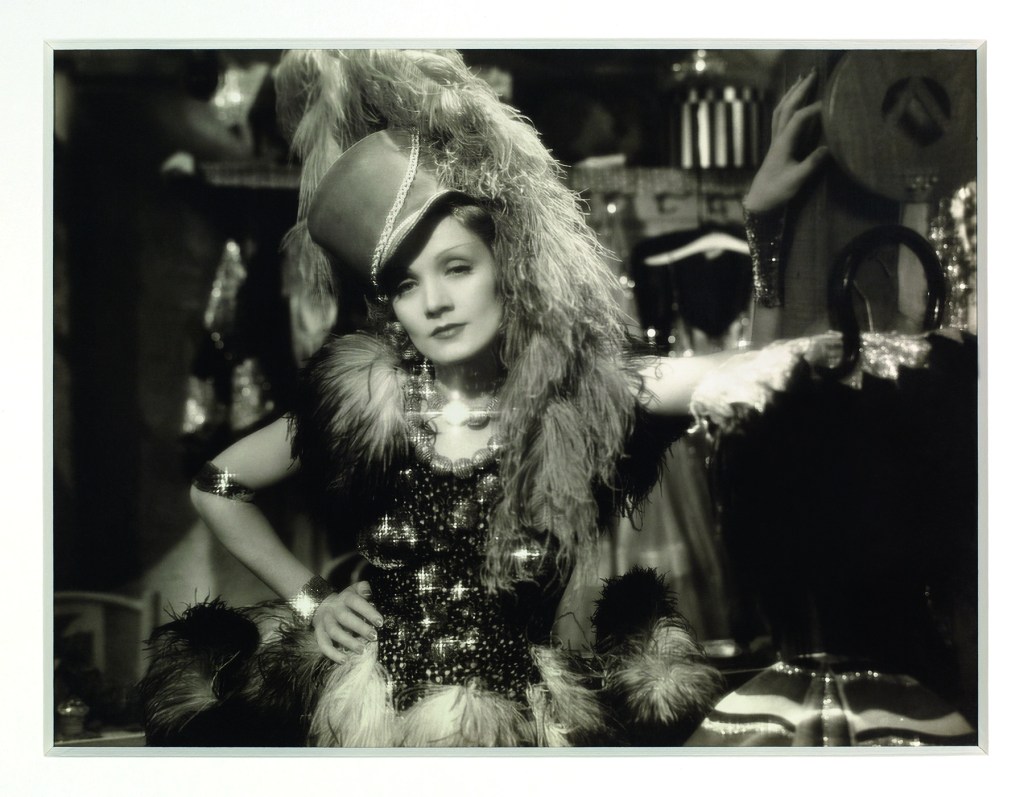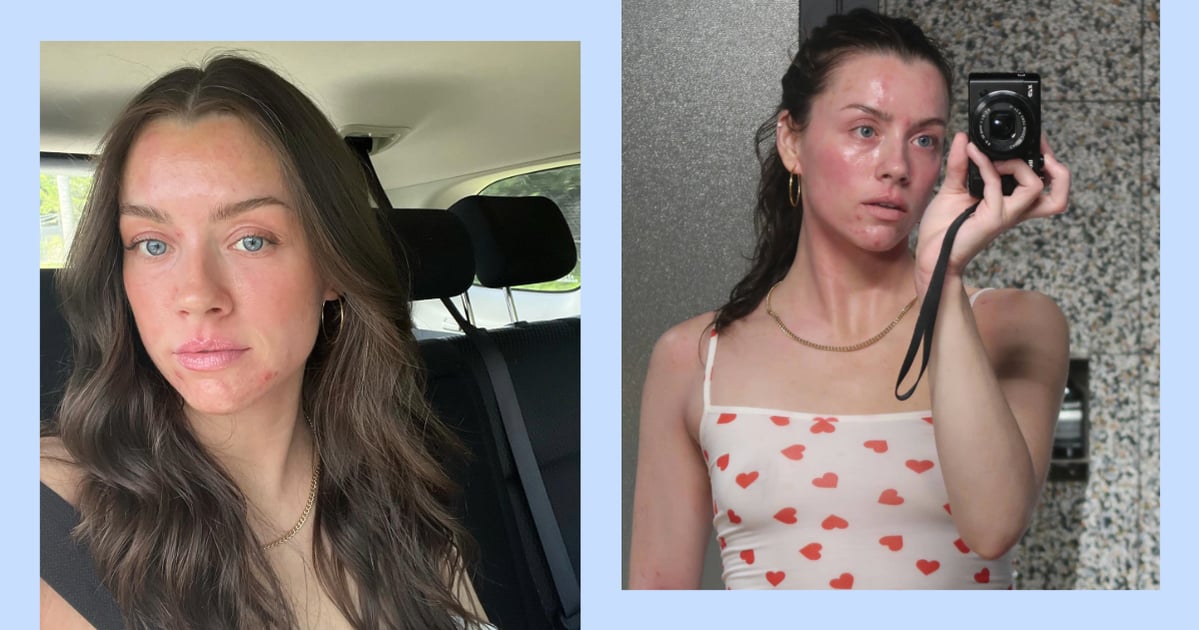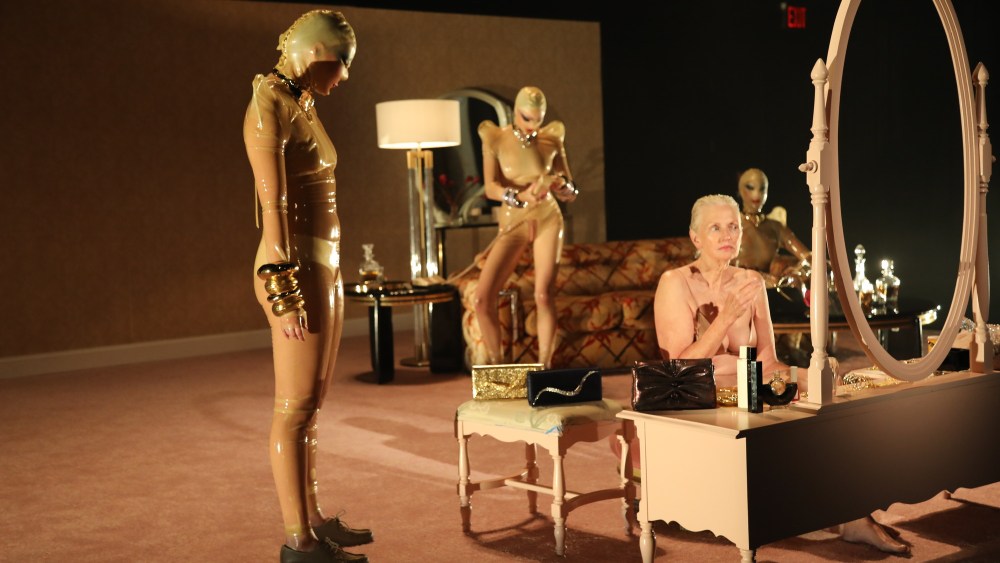In terms of image makers, Marlene Dietrich could certainly hold her own.
The International Center of Photography in New York will spotlight how exquisitely the enigmatic Hollywood actress and singer did just that with an exhibition that bows on Saturday. Nearly 200 photographs from 1905 to 1978 will shed some light on how the Berlin-born artist controlled her public persona.
“Play the Part: Marlene Dietrich” will feature snapshots, publicity stills, film stills and other images from most of the past century, and will run through Jan. 8. The show’s curator Haley Kane underlined Dietrich’s collaborative work, including that with the visionary Hollywood director Josef von Sternberg in the film industry, and later with composer Burt Bacharach in her cabaret career. “People are only now beginning to think of her as an image maker in and of herself. She was someone who understood photographic lighting and how to pose herself,” Kane said, adding that she brought mirrors so that she could position herself exactly as she wanted to. “She made costumes herself and put on her own makeup.”
Akin to a highly skilled photographer, she knew how to create a striking image and understood how to put that image out into the world. “That image that she created over the course of her career was someone who was enigmatic and kept herself at a distance. And for that reason, she was incredibly alluring and that brought people in.” Kane said.

Fast-forward to the image-obsessed times that we are living in, the exhibition is expected to introduce a new audience to “The Blue Angel” film star, who died in 1992. ICP patrons will also learn how photography was used within the entertainment industry during her lifetime and the medium of photography’s evolution over much of the 20th century.
Dietrich was among the first women to wear menswear in public in the ’30s, and sparked a fashion fad in Berlin, New York and Paris. In the 1930 film, she wore a top hat, tails and white bow tie and kissed a woman on screen. As a queer woman, she had also relationships with men and women. “Incredibly progressive in showcasing her gender and sexual expression on such a big platform. People don’t necessarily think of that happening so early in the history of our country,” Kane said.
Dietrich’s gender-bending style hasn’t just influenced style icons like Madonna, but the entire world of image making, which remains relevant in the age of social media. “It’s so interesting to think Dietrich doing this sort of practice 80 years ago,” Kane said.

From the time that she relocated to the U.S. in 1930 and started working at Paramount Pictures, Dietrich used fashion — menswear in particular — to cultivate her image with the help of von Sternberg, Kane said. The actress also worked closely with Christian Dior and appeared on a 1947 Life magazine cover wearing his New Look. Jean Louis was another designer that Dietrich favored for attire for her cabaret performances in the ’50s, ’60s and ’70s. Louis collaborated with her on a bedazzled nude-colored dress, which inspired others like Marilyn Monroe to adopt similar styles, Kane said.
The ICP exhibition is stacked with photos of the performer by Eve Arnold, Richard Avedon, Cecil Beaton, Alfred Eisenstadt, Horst P. Horst, Lee Miller, Irving Penn, and Edward Steichen, as well as Hollywood lensmen George Hurrell, Eugene Robert Richee and William Walling Jr. “Play the Part” features many images that are being shown Stateside for the first time and is drawn from the 20,000-piece collection of Pierre Passebon.
True to her elusive nature, there isn’t a lot of research material about Dietrich that is easily accessible, including in her archives in Berlin, Kane said, though studio-commissioned publicity photos are unmistakable due to Dietrich’s autograph often in her distinctive green ink.
“I hope that people will really understand the level of control and power that she had within her own image. People tend to think of her as someone who was shaped by outside forces such as movie directors, music conductors, set photographers and music arrangers. But what’s so interesting is that she was so obsessed by the medium of photography,” Kane said. “We’re so interested in the fact that she was an image maker in a technical sense. She crafted her own persona on and off the screen using camera angles, lighting, makeup and editing.”

While the show is first and foremost about her life, and the control she had over her life, “there is quite a bit more to be found in the work, if you look at it more closely,” Kane said.



